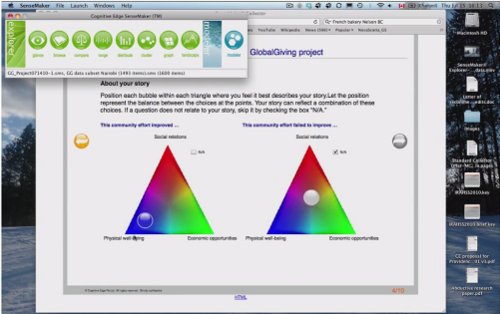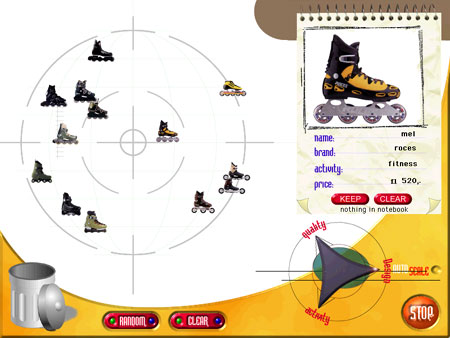A nice framework: Cynefin, published in Harvard BReview (by David J. Snowden and Mary E. Bone, 2007).
In complex situations -“where cause and effect are in hindsight” – probing, sensing (sense making) and responding successively lead to emergent practice. Emergent practice is not the same as novel practice (chaotic situations), best practice (complicated situations) or good practice (simple situations).
Assessing and recognizing the type of situation should help choose your next activity, responding from a disorderly situation:
* Sensing -> Categorizing/Analizing… (from simple/complicated situation to best/good practice)
* Probing -> Sensing … (from complex situation to emergent practice)
* Acting -> Sensing … (from chaotic situation to novel practice)
A slightly adapted perspective on the same framework can be watched here, envisioning a consecutive process, a loop of ‘maturity’ through all situations.
A related ‘sensemaking toolkit’ can be found here. Using a visual reference approach to probe stories without an intermediate expert. Useful for probing large amounts of stories and obtaining respondents’ values. About feedback to the respondents themselves I have not found any clue yet…

Similar visualization is used in MDSI by Stappers and Pasman as an interactive visual dialogue technique.
